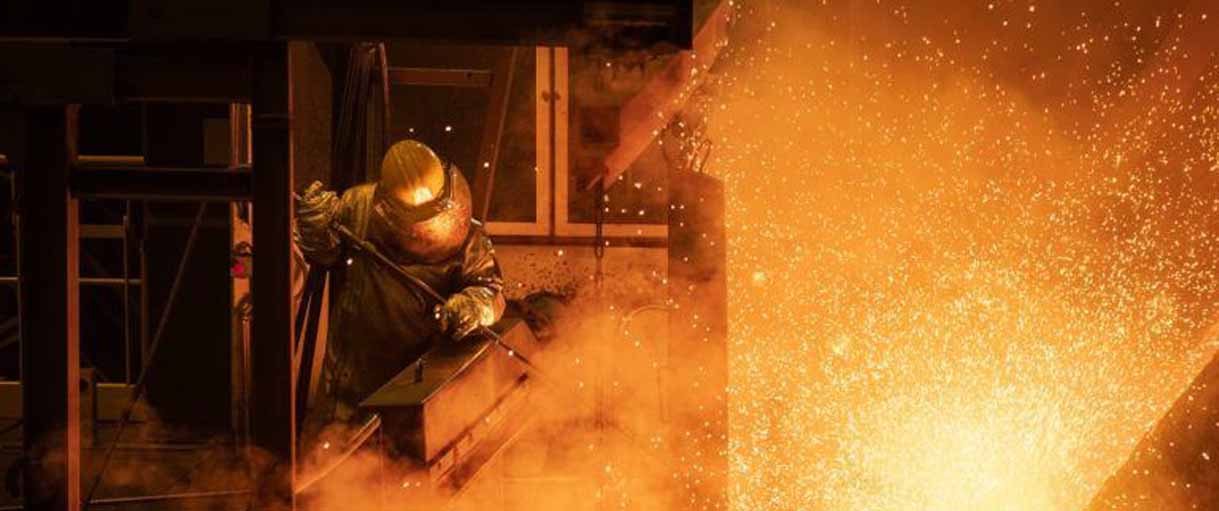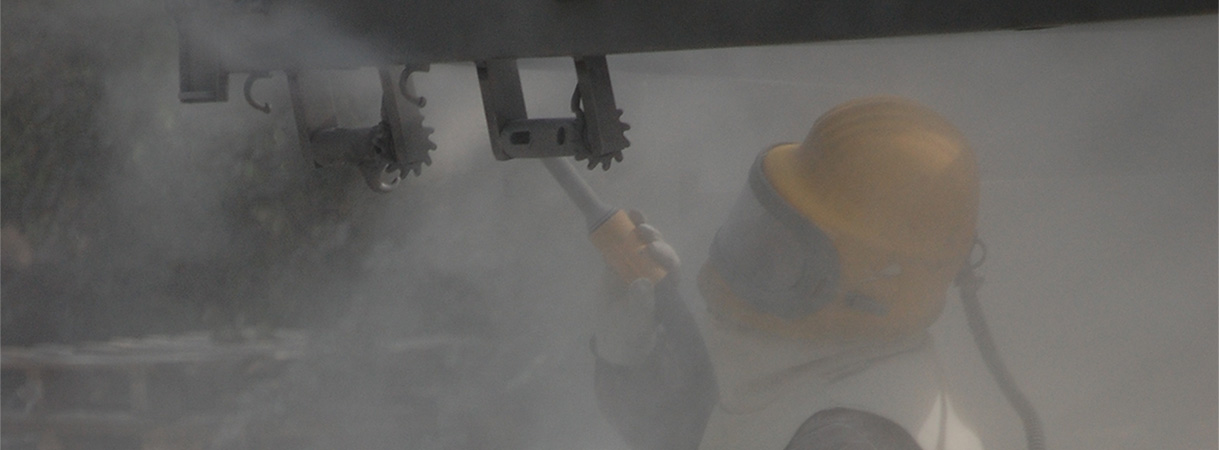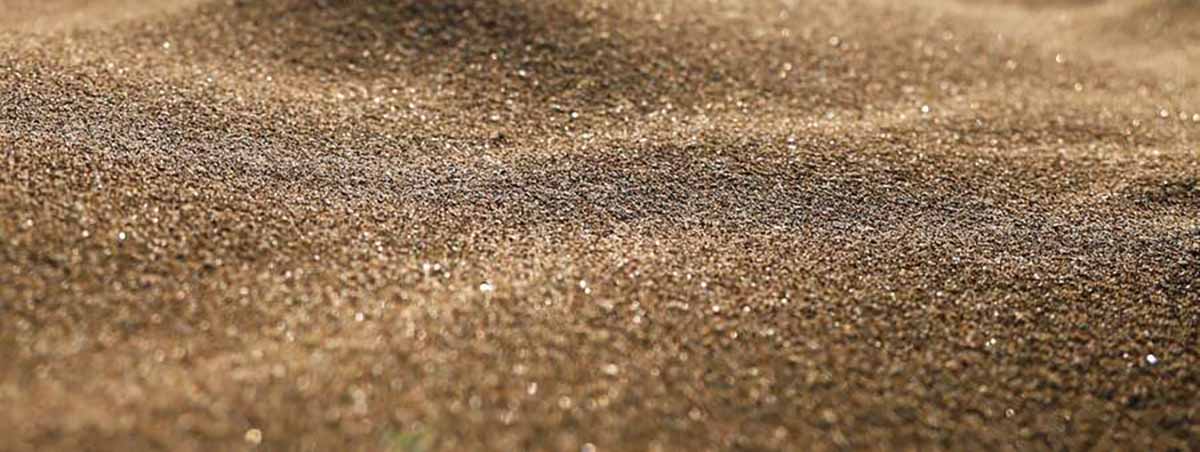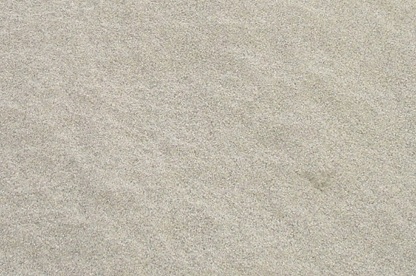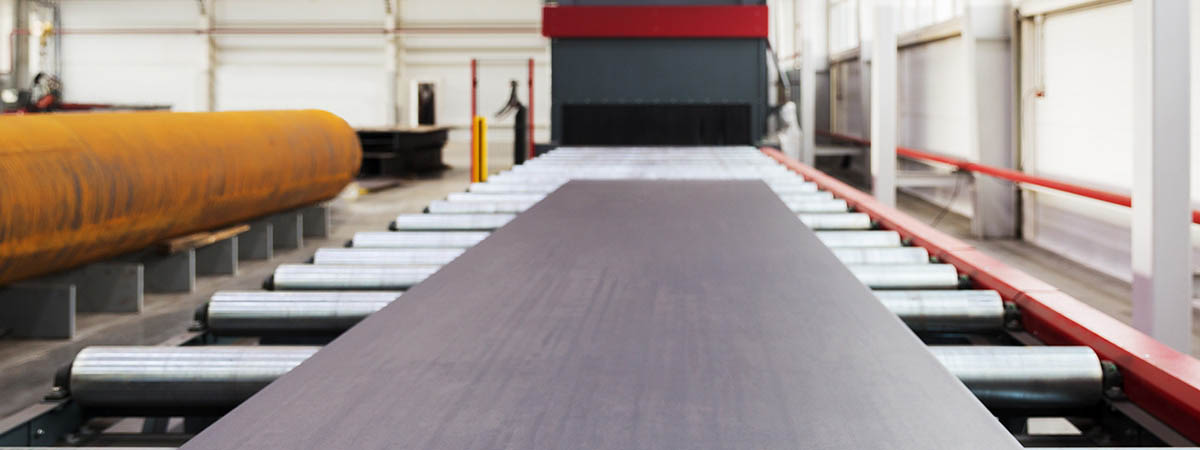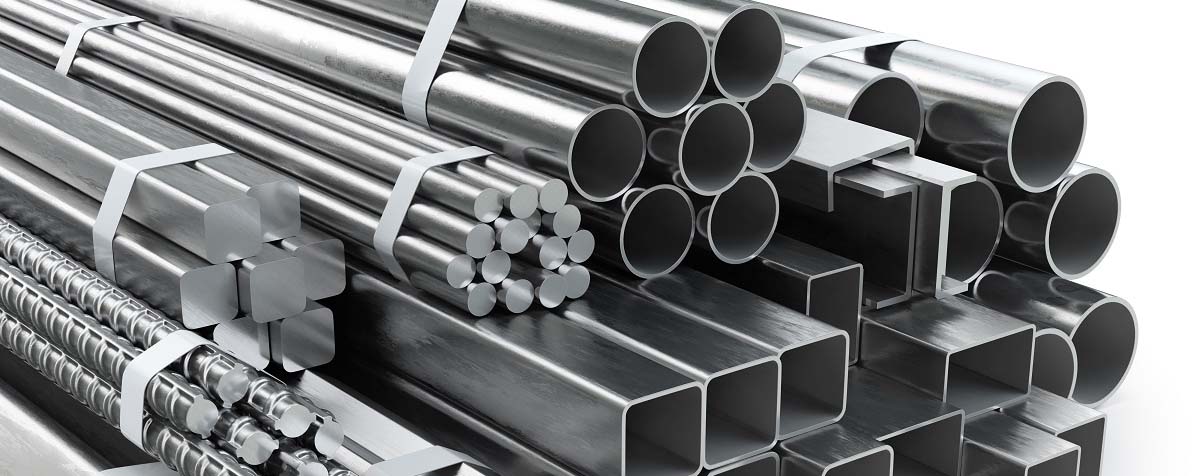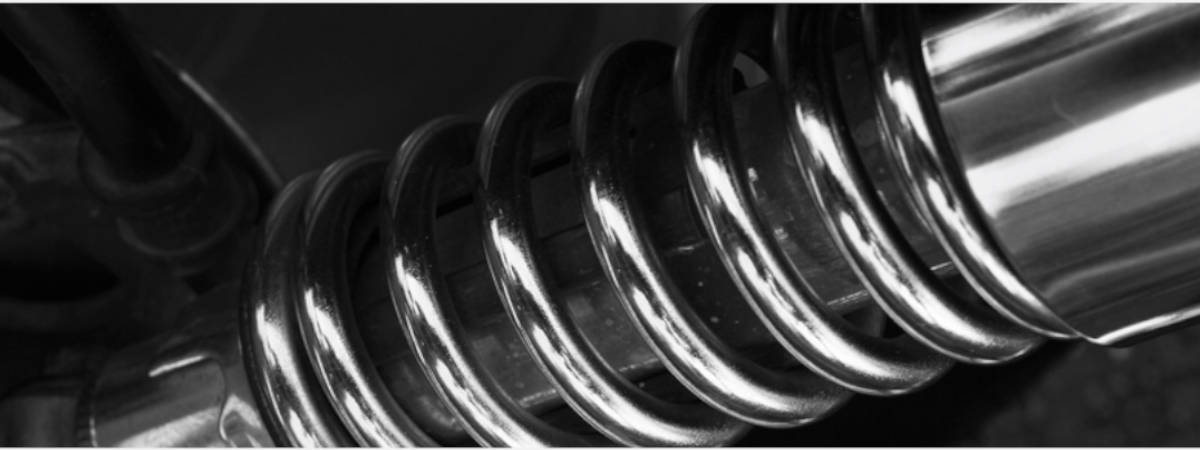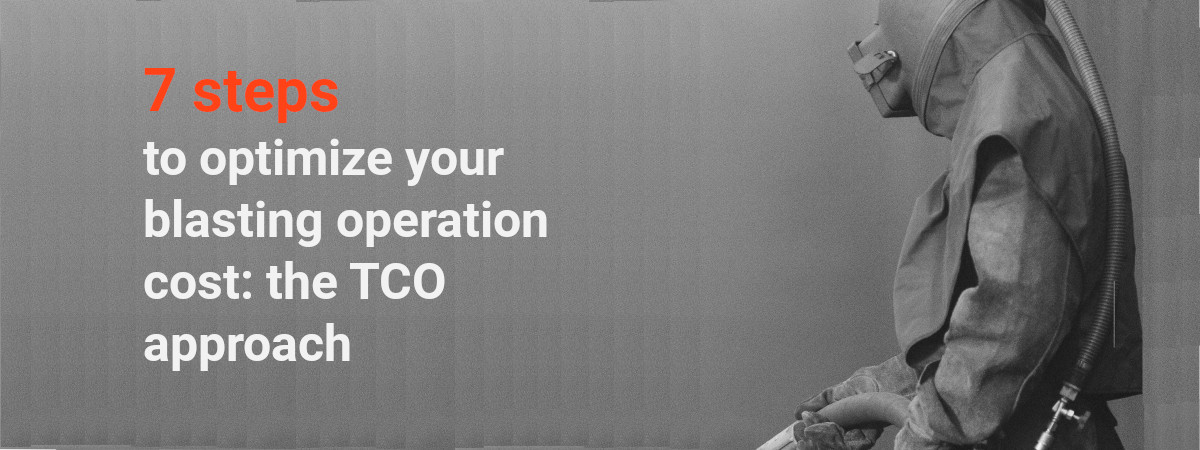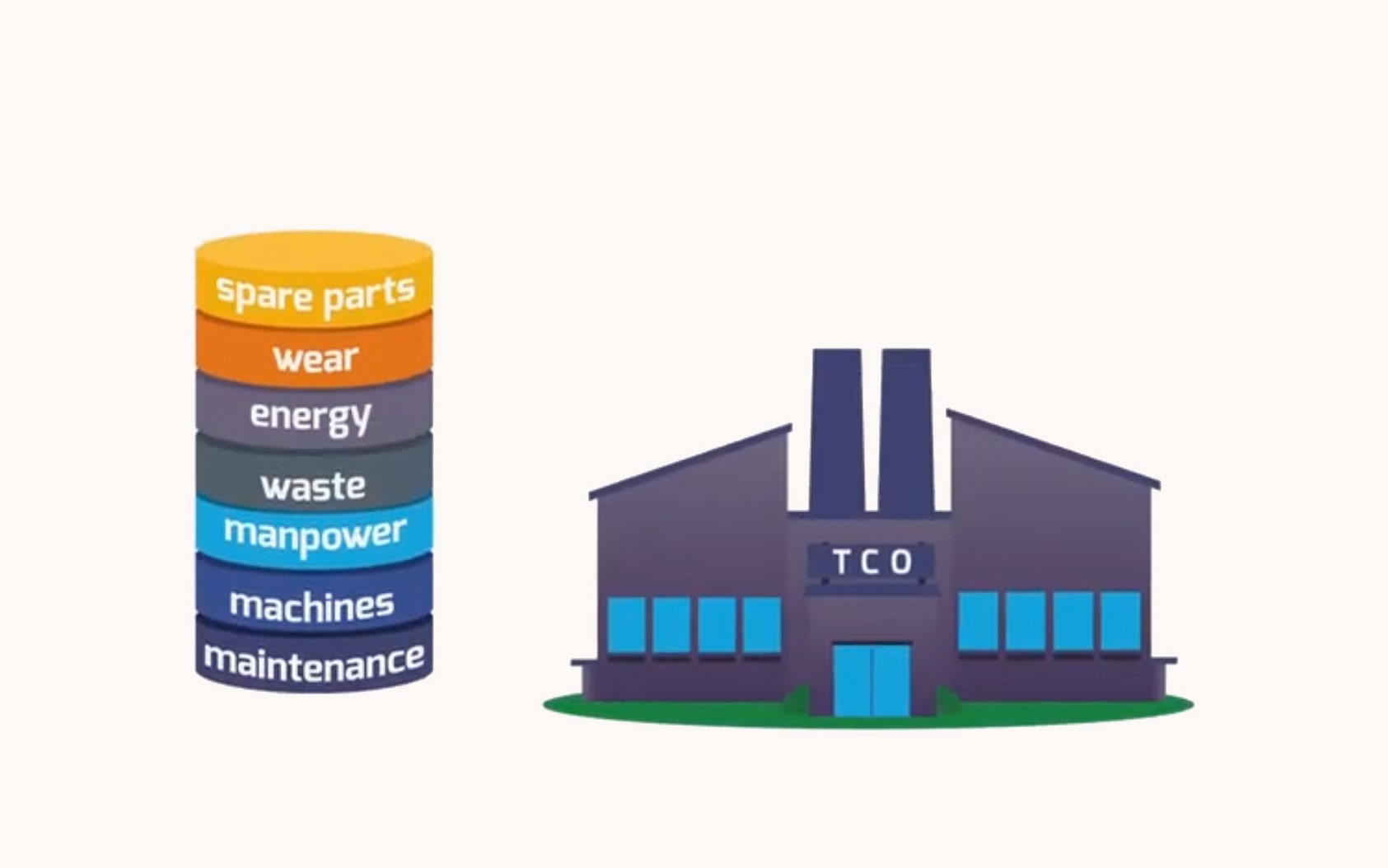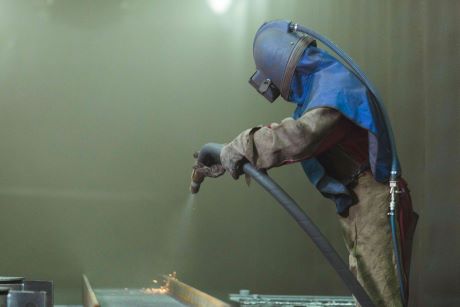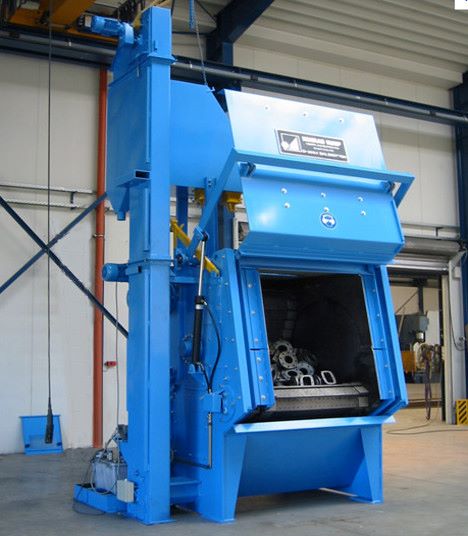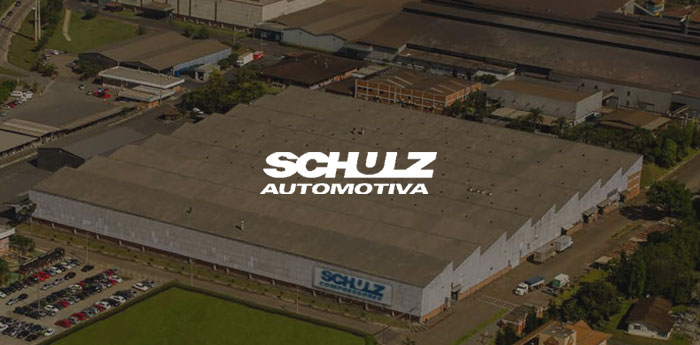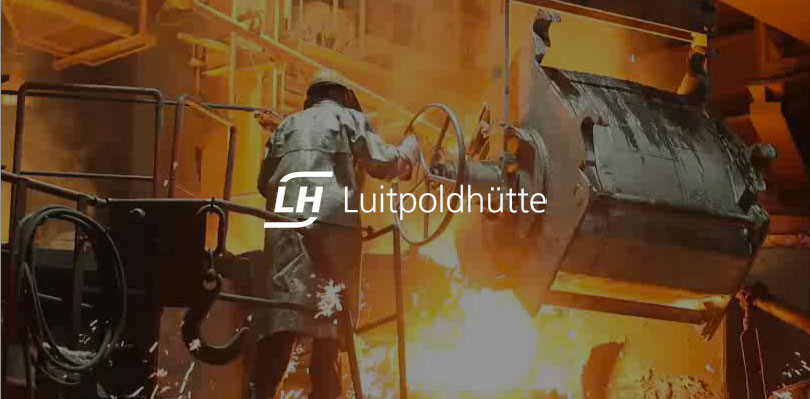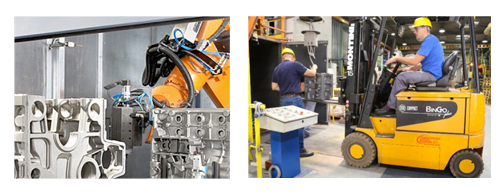The difference between steel and cast iron
If you work in the blasting industry, you know that choosing the right material for your abrasive is crucial to achieving the desired result. Two of the most common materials used for making metal shot are steel and cast iron, but people are often unsure of the difference between the two. In this article, we will explore the differences between cast iron and steel and how these affect the choice of the right abrasive for your blasting process.
Cast iron is an iron alloy with a significant amount of carbon, usually between 2.1% and 4.3%: thanks to this feature, cast iron is an extremely hard material, ideal for applications requiring strong abrasion such as blasting cast iron parts, cleaning boiler pipes, removing resistant paint, and much more.
Steel is also an iron and carbon alloy, but with a lower carbon content than cast iron. Steel may also contain small percentages of other elements, such as chromium or nickel, to improve its mechanical properties.



